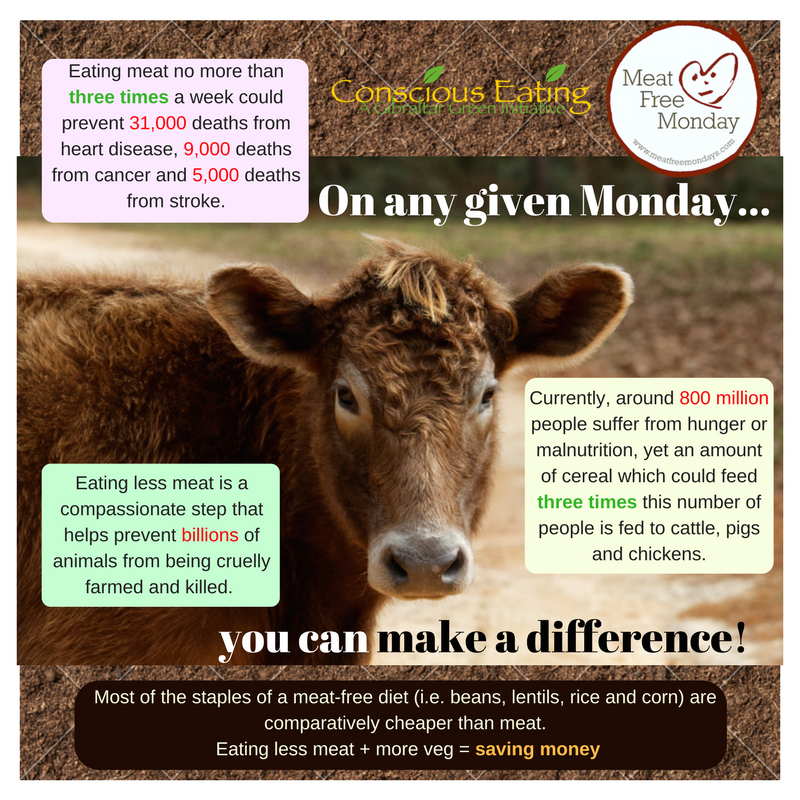Food production and its environmental impacts
Food production and its environmental impacts
Education 24 Apr 23
Have you ever thought of the consequences of buying certain types of foods?
In reality, most of us probably don’t. But different foods do have different impacts on the natural environment. Would it shock you to know that eating beef is worse for the environment than eating chicken?
Greenhouse Gases (GHG) & Climate Change
What we eat has a climate impact.
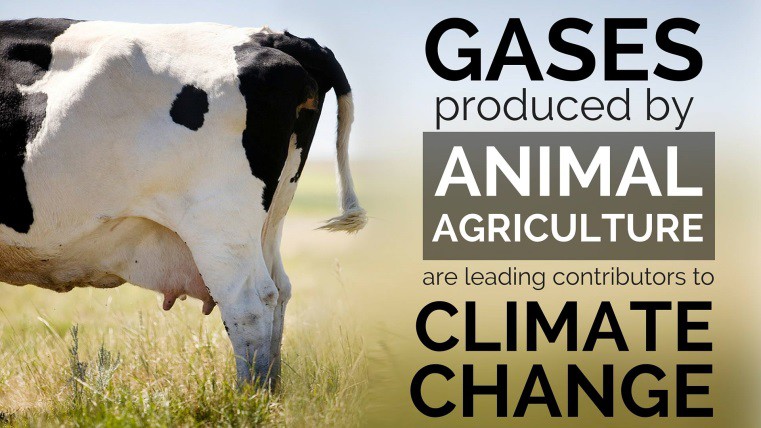
Animal agriculture and meat production consumption are major contributors to climate change. The United Nations Food and Agriculture Organization estimates that livestock production is responsible for 18% of all greenhouse gas emissions. In terms of resources, the growing of livestock is also inefficient – it takes around 5-7 kg of grain to produce 1 kg of beef. Bear in mind that each kilogram of grain also takes considerable energy and water to produce, process and transport.
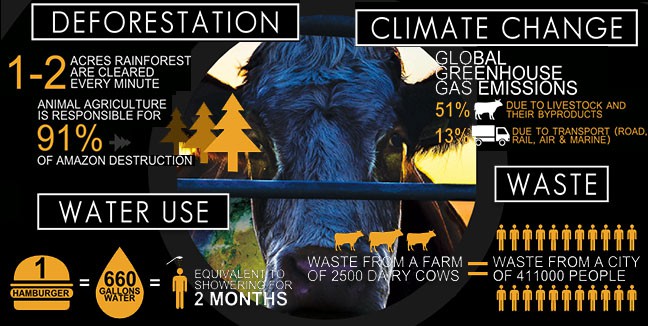
Arable farming, the growing of crops and vegetables, negatively impacts the environment in many of the same ways as animal agriculture; however the impacts tend to be lower. For example, potatoes, rice, and broccoli produce approximately 3–5 times fewer emissions than an equivalent mass of poultry and pork.
Water Use & Land Use
Farming accounts for around 70% of water used in the world today and also contributes to water pollution from excess nutrients, pesticides and other pollutants.
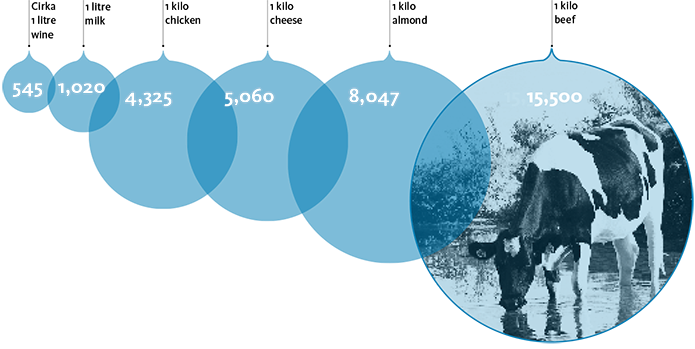
A vast amount of land is needed for livestock and arable farming. It is estimated that livestock production accounts for 70% of all agricultural land use and occupies 30% of the land surface of the planet.
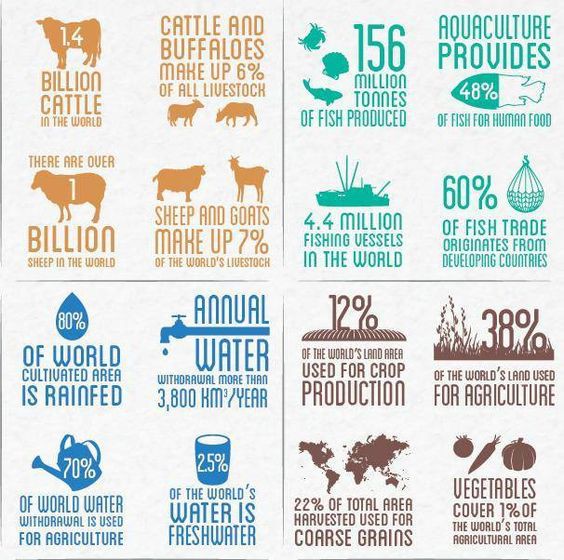
The increasing demand for land for farming, has led to significant deforestation in many parts of the world.
Deforestation

The world has already lost an estimated 130 million hectares of forest in the last decade alone, according to the Food and Agriculture Organization of the United Nations (UN); that's an area roughly twice the size of France.
One of the causes of deforestation is to clear land for pasture or crops. It has been estimated that 5% of deforestation is due to cattle ranching, 22% due to the growing sector of palm oil plantations, 54% due to slash-and-burn farming and 19% due to logging.
Deforestation causes the loss of habitat for millions of species, devastates biodiversity and natural habitats and degrades natural resources. It also exacerbates climate change, as forests are important carbon sinks that sequester carbon and prevent it from reaching the atmosphere. Almost 20% of all global carbon dioxide emissions are caused by deforestation. Deforestation also leaves fewer trees to absorb the increasing amount of carbon dioxide in the air.
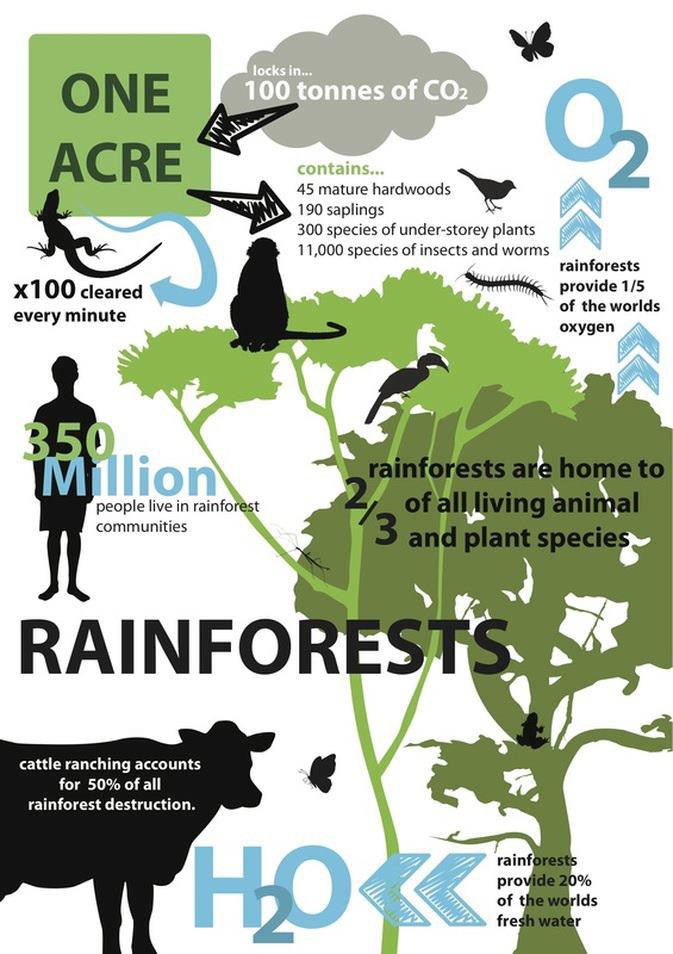
Chemical agriculture
Pesticides and fertilizers are widely used in agriculture, and are often made from fossil fuels. The manufacturing and transportation of these chemicals uses significant quantities of energy and produces GHG.
Incredibly, over 98% of sprayed insecticides and 95% of herbicides do not reach their target species because they are sprayed/ spread over entire fields; runoff then carries these chemicals into aquatic environments; while wind can transport them to other areas such as human settlements or other habitats, potentially affecting other species.
One species that has been detrimentally affected by pesticide use is the honey bee. Pesticides, alone and in combination with other factors, have had a devastating effect on honeybees and other wild pollinators. Pesticides commonly used in agriculture are known to be toxic to bees, some killing them instantly, whilst others can result in behavioral disruptions, reduced foraging and impaired learning.
Bees are important pollinators of crops; pesticide use can considerably reduce the yield of cross pollinated crops and of course the production of honey. Approximately 90% of all flowering plants require pollinators to survive. In agriculture, nearly a third of pollination is accomplished by honeybees; cucumbers, almonds, carrots, melons, apricots, cherries, pears, apples, prunes, plums, cantaloupe, onions, avocados, kiwi, blueberries, cranberries and more depend on honeybee pollination.

Impacts on Biodiversity
And it’s not just the bee; agricultural production, in particular for food crops, is responsible for 66% of threats to species in terrestrial systems. Food supply is a leading factor in the five principal pressures causing biodiversity loss: habitat change, overexploitation, pollution, invasive species and climate change.
In fact, agriculture remains the largest driver of genetic erosion and species loss; as the conversion of natural habitats to cropland and other uses typically entails the replacement of systems rich in biodiversity with monocultures or systems poor in biodiversity. Globally, over 4,600 of the assessed plant and animal species are threatened by agricultural intensification; with continuing agricultural expansion, this number is still rising.
This simplification of the ecosystem also reduces its potential to provide ecosystem services other than food production; such as regulating air, climate, soil and water quality, pest control, water purification, etc.
Farms not Factories
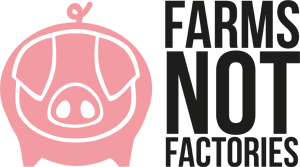
‘Farms Not Factories’ is a non-profit organisation working to support the ‘food sovereignty’ movement by exposing the true costs of cheap meat from animal factories in order to inspire people to only buy meat from local, healthy, high welfare farms.
Factory farming may have reduced the amount of land needed for meat production however the conditions for these animals can only be described as cruel and inhumane. Far from the idyllic, large pastures that are shown in advertisements for meat, milk, and eggs, factory farms typically consist of large numbers of animals being raised in extreme confinement. Animals on factory farms are regarded as commodities to be exploited for profit. They undergo painful mutilations and are bred to grow unnaturally fast and large for the purpose of maximizing meat, egg, and milk production for the food industry. Their bodies cannot support this growth, which results in debilitating and painful conditions and deformities. Factory farming is also a huge strain on natural resources as they produce huge amounts of waste as a result of raising so many animals in one place, polluting land, air and water.
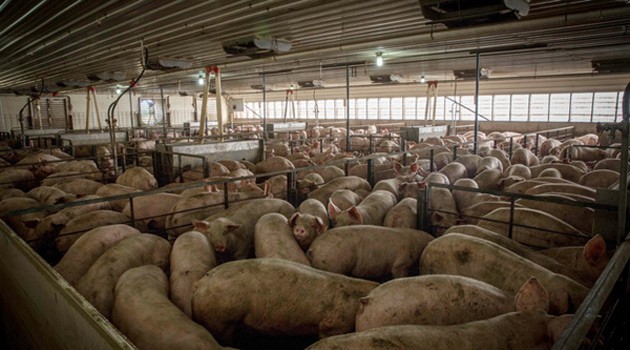
If interested in this issue and how you can help, check out: http://farmsnotfactories.org/ and http://www.peta.org/
Health Implications
Our food consumption is not just impacting the environment but our health as well. The average Western diet consists of high intakes of meat, fat and sugar, and poses a risk for individual health, social systems and environmental life support systems. Obesity, type 2 diabetes, hypertension, osteoarthritis and cancer, are wide-spread diet-related diseases.

The promotion of a healthy diet also reduces the environmental footprint of food consumption. This includes eating more vegetarian food and cutting back on dairy.
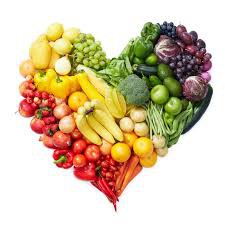
Cut it Down!
In a nutshell eating less meat is good for animals, your health and the planet & it’s so easy to do! You can reduce your overall meat intake by eating some vegan or vegetarian meals and by reducing the amount of meat you eat in each meal. Here are some tips on how to do it:
